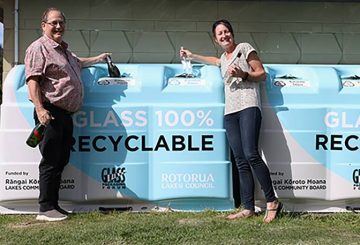Analysis – Anyone watching the debate over the National Party’s recent curriculum policy announcement could be forgiven for thinking there is a deep divide in education philosophy and best practice in New Zealand.
In fact, most (if not all) interested parties would agree that teaching and learning the basics of literacy and numeracy are vital. As one expert observer noted, the policies of the major political parties actually have much in common.
The National Party policy promises a curriculum focused on “teaching the basics brilliantly”. The government says much of this work is already under way with its current curriculum “refresh”.
The idea of mandated testing checkpoints clearly has some worried that the National Party’s policy is a return to a “back to basics” mentality that ignores or minimises other vital areas of teaching. Basic early literacy and numeracy skills are the foundation on which much other success is built.
Learning literacy is a complex process: handwriting skill is the best predictor of writing success.
In the English curriculum, one of the literacy goals for learners in the year 1-3 band is to “use decoding strategies with texts to make meaning”.
As well as through the curriculum, teaching will be supported by the Literacy & Communication and Maths Strategy and the Common Practice Model.
Credit: radionz.co.nz





























































